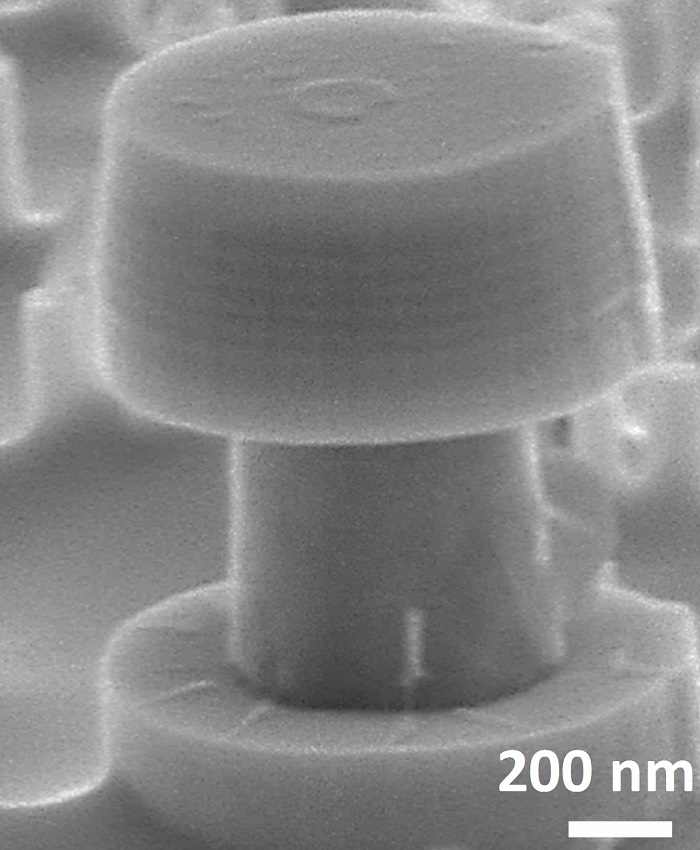22-08-2016
Researchers at The Hong Kong University of Science and Technology (HKUST) have fabricated microscopically-small lasers directly on silicon, enabling the future-generation microprocessors to run faster and less power-hungry – a significant step towards light-based computing.
The innovation, made by Prof Kei-may Lau, Fang Professor of Engineering and Chair Professor of the Department of Electronic and Computer Engineering, in collaboration with the University of California, Santa Barbara; Sandia National Laboratories and Harvard University, marks a major breakthrough for the semiconductor industry and well beyond.
Silicon forms the basis of everything from solar cells to the integrated circuits at the heart of our modern electronic gadgets. However, the crystal lattice of silicon and of typical laser materials could not match up, making it impossible to integrate the two materials until now, when Prof Lau’s group managed to integrate subwavelength cavities — the essential building blocks of their tiny lasers — onto silicon, allowing them to create and demonstrate high-density on-chip light-emitting elements. The finding was recently published as the cover story on Applied Physics Letters.
“These whispering gallery mode lasers are extremely attractive light source for on-chip optical communications, data processing and chemical sensing applications,” Prof Lau said. “Putting lasers on microprocessors boosts their capabilities and allows them to run at much lower powers – a big step towards photonics and electronics integration on the silicon platform and a key solution to the next-generation green information technology.”
For years, photonics had been the most energy-efficient and cost-effective method to transmit large volumes of data over long distances, now with these new silicon-based integrated lasers, photonics may be able to use for short-distance data transmission as well, which is set to greatly enhance the speed of data communication.
In fabricating these “whispering gallery mode lasers”, Prof Lau’s team etched nano-patterns directly onto the silicon, so as to confine the defects of its crystal lattices while ensuring the necessary quantum confinement of electrons within quantum dots grown on this template. Her team then use optical pumping – a process that uses light to raise or “pump” electrons from a lower energy level to a higher one, to demonstrate that the devices they created were able to operate as lasers.
These tiny lasers measure only 1 micron in diameter, and are 1,000 times shorter in length and 1 million times smaller in area than those currently used.












